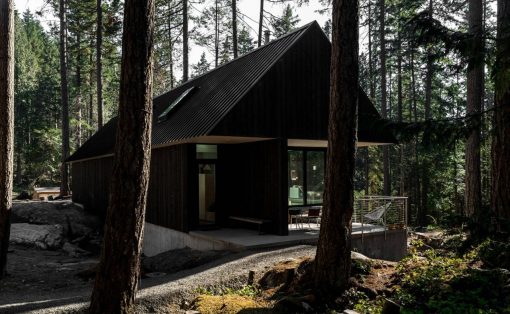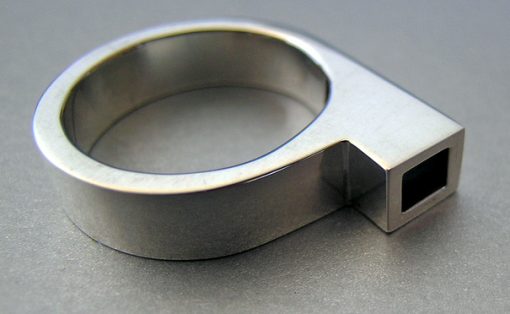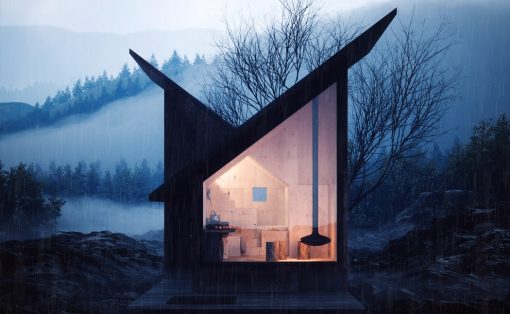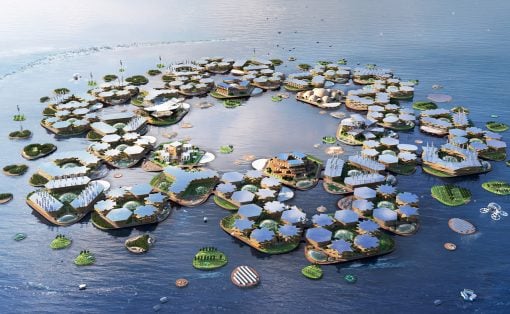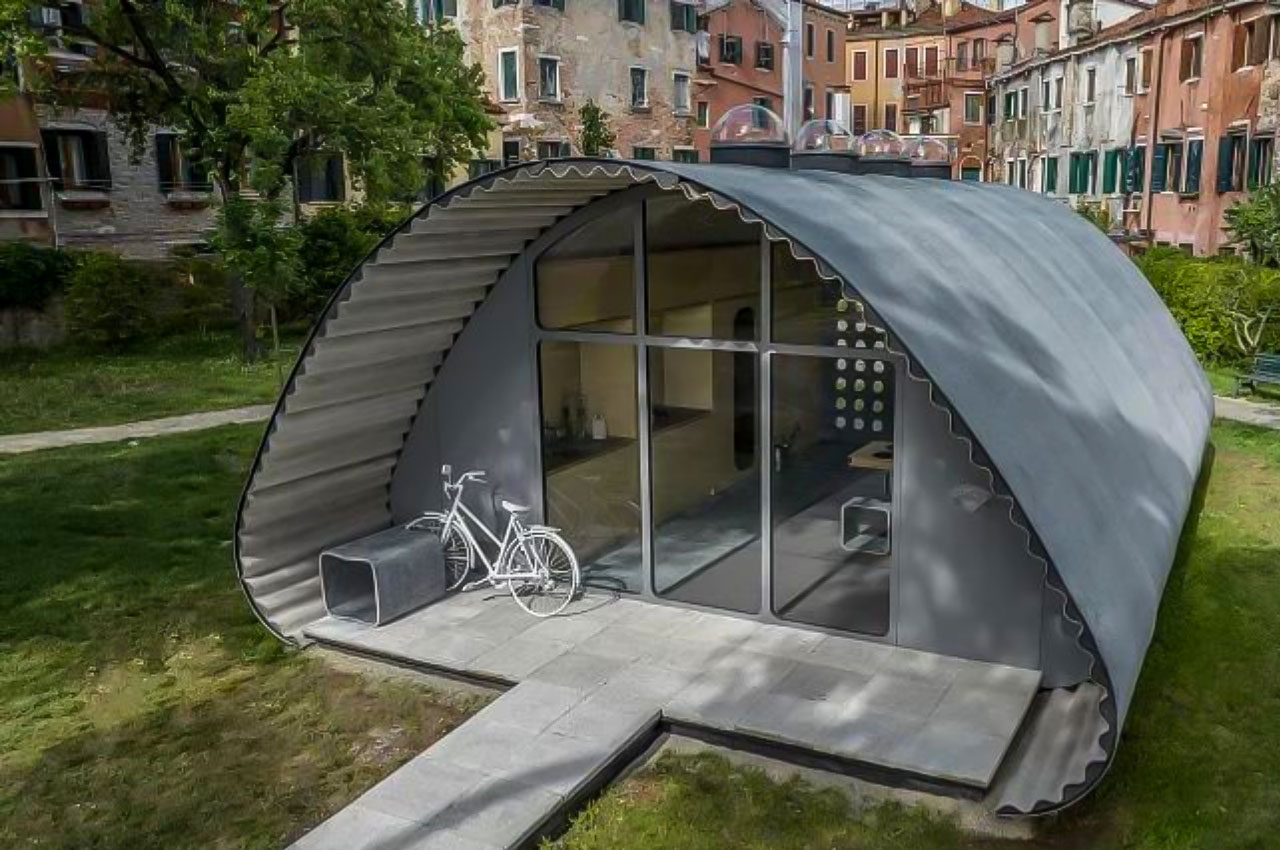
When you think of emergency shelters in times of natural calamities or refugee camps, often we think of flimsy tents that might actually get blown away by a strong gust of wind. I often wonder about the people who stay there and whether they will remain safe in that kind of shelter and environment. Lately, we’re seeing better designs for these temporary housing since people who will be staying there really deserve to be in a space where they can take actual shelter and try to recover from whatever it is they’re trying to get away from.
Designer: Norman Foster


This new design for a fast-assembly emergency shelter is called the Essential Homes Research Project and is a collaboration between the Norman Foster Foundation and concrete company Holcim. They displayed the prototype at the Venice Architecture Biennale to show that these temporary (and sometimes not so temporary) housing can be well thought of and should also be something that can last for years. There are times when families have to stay there for a longer time so the structure should be something that can stand for a long time.


The prototype is a rapid-assembly building and can be easily be put up on the site itself instead of wasting time building it elsewhere and transporting to the area. It is also built to withstand strong elements as these camps can sometimes suffer from extreme weather conditions. You get an arch-shaped framework and a rollable outer shell that is made from mostly low-carbon concrete. Once assembled, you spray it with water and in just 24 hours, the structure is sturdy and rigid. It is waterproof to withstand rain and on the inside, there is insulation to keep the residents warm. The inside is also something that people will want to live in as the bunk beds and the shelves and furniture seem to be comfortable and practical.


The housing is also eco-friendly as the base itself is made from reused construction rubble. It says that the construction of the shelter uses 70% less carbon than the usual traditional housing. It has a lifespan of two decades but if needed, it can be easily demolished and recycled for other things. Hopefully things like these become the standard for emergency shelters eventually.





